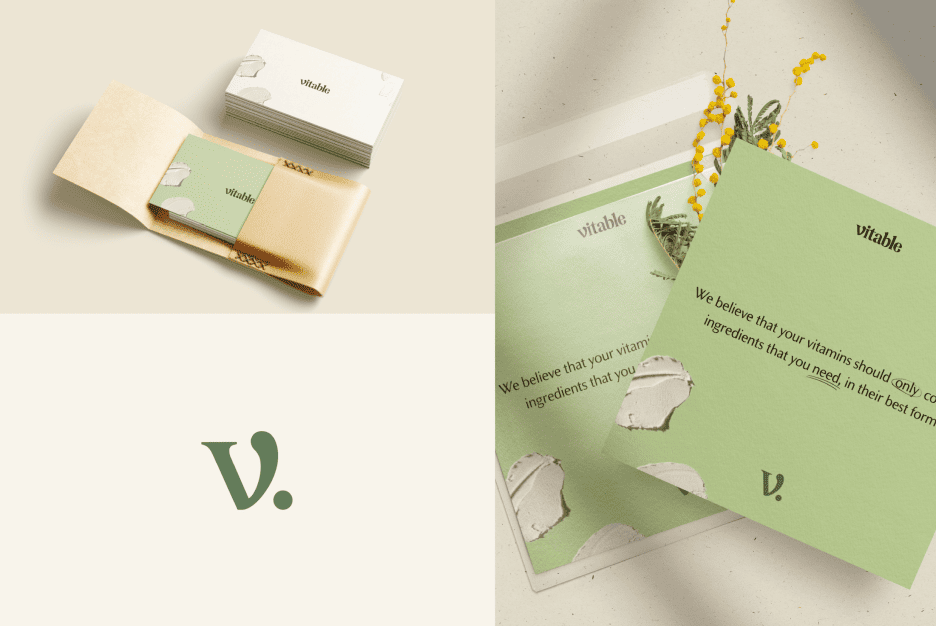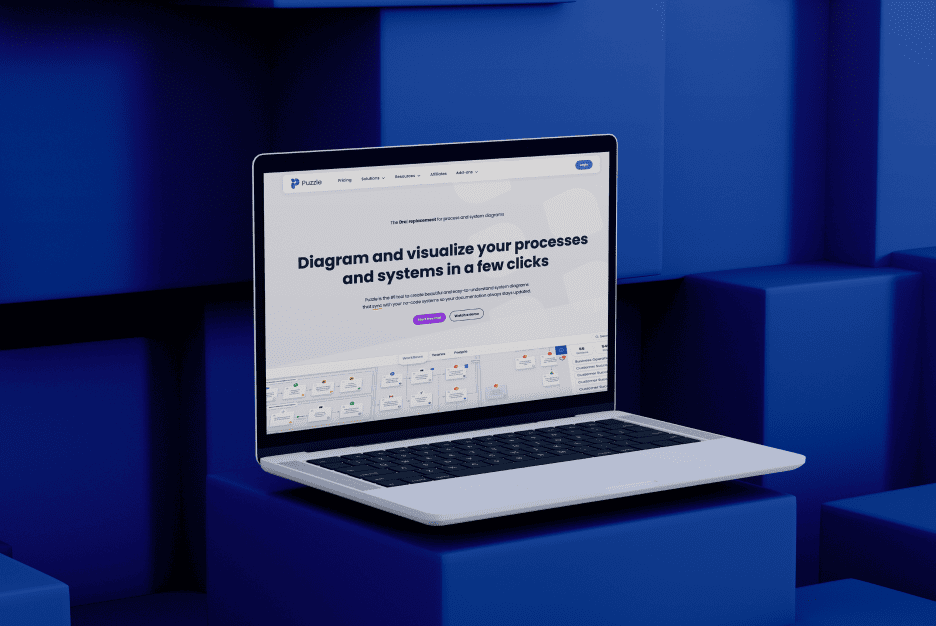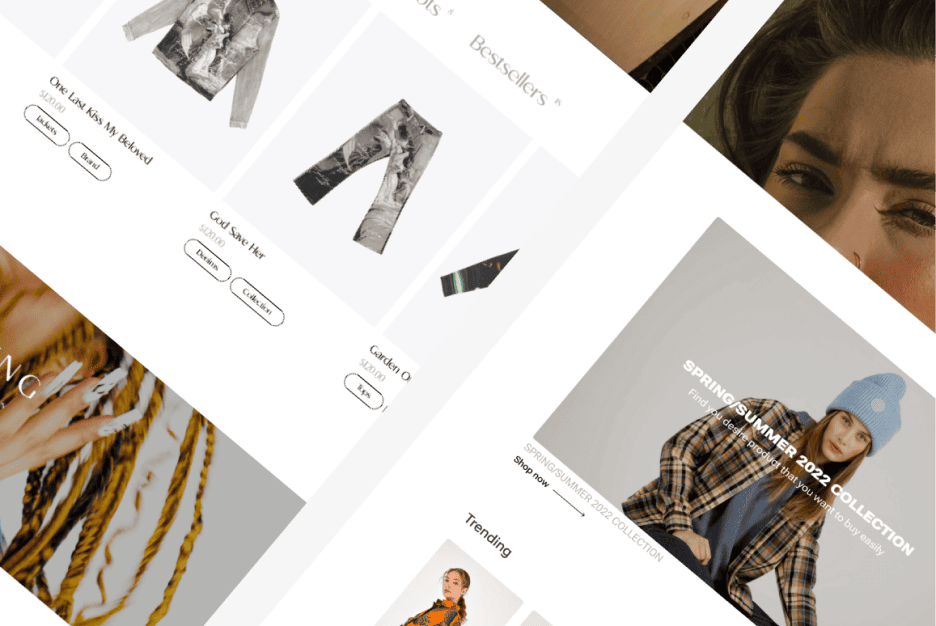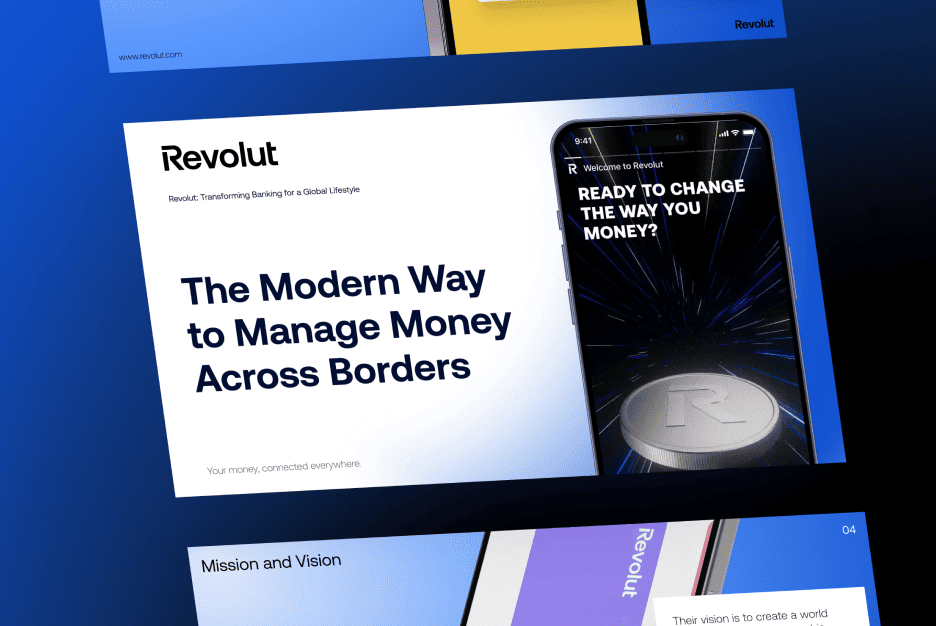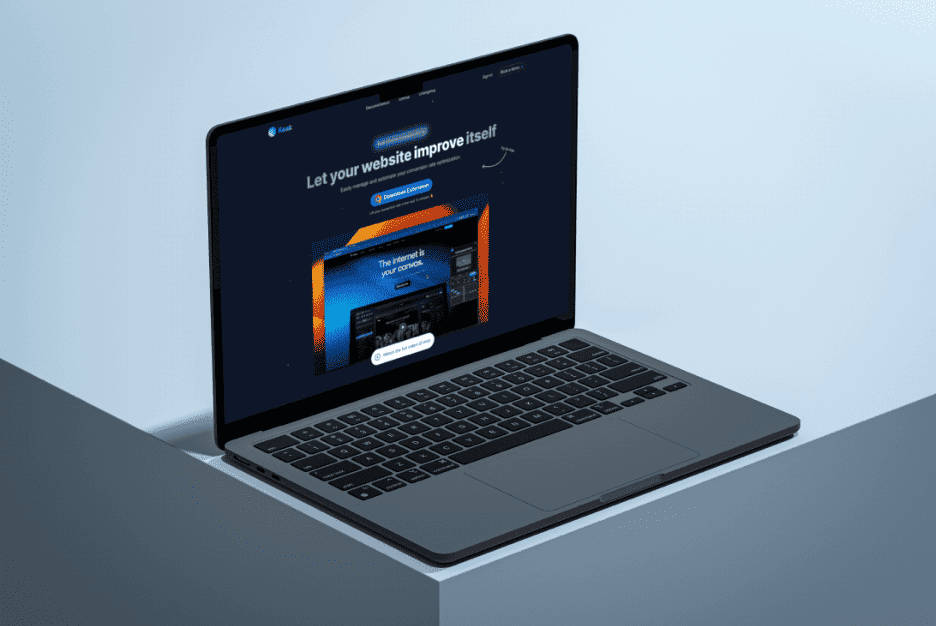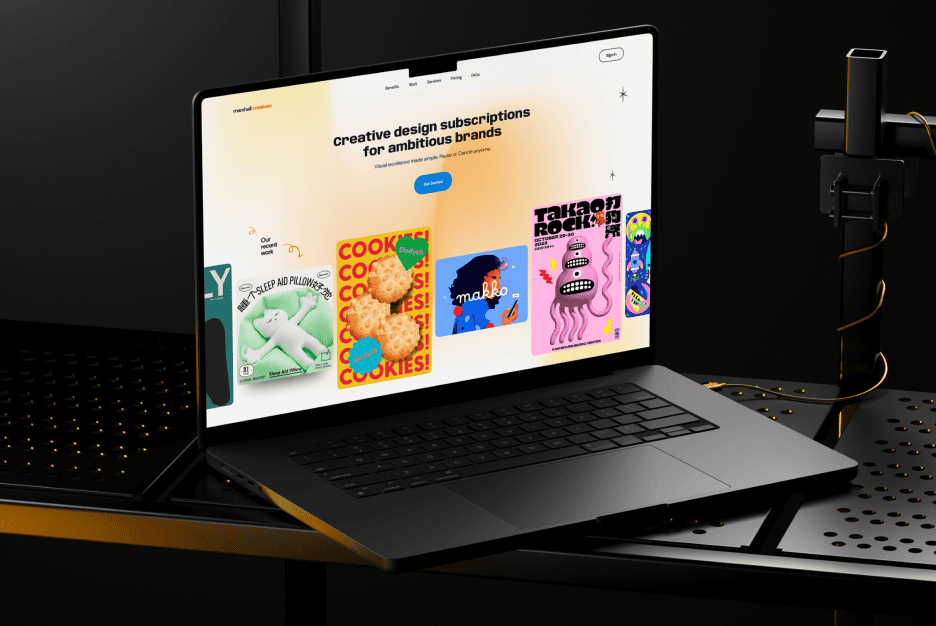Embarking on a design project—whether it’s a branding overhaul, a new website design, or a cutting-edge mobile app—is an exciting journey with transformative potential for your business. Yet, many clients miss opportunities to maximize their investment due to lack of preparation, unclear communication, or insufficient follow-through.
At Almax Agency, we’ve identified key strategies to help clients achieve exceptional results. Let’s dive into the five secrets that will empower you to extract maximum value from your design project.
Secret 1 — Define Clear Objectives Before You Start
Why Objectives Matter
The foundation of a successful design project lies in clearly defining your goals. Without them, even the most skilled agency can only guess at what you need. Start by identifying why you’re initiating the project. For example:
- Are you rebranding to reach a new audience?
- Do you need a responsive website to improve conversions?
- Is your goal to create a seamless UX/UI design for your mobile app?
These questions help prioritize your goals, aligning design outcomes with your business needs. Specificity is key: instead of saying, “I need a website redesign,” define the specific problems your new website will solve, such as “improving mobile responsiveness” or “reducing bounce rates.”
Actionable Steps to Define Objectives
- Map Business Goals to Design Needs: For example, if your goal is lead generation, focus on UX/UI features like intuitive navigation and clear calls-to-action.
- Outline Deliverables: Decide what assets you expect (e.g., logos, wireframes, prototypes).
- Collaborate on a Vision Document: Share your goals and requirements with the agency upfront to ensure alignment.
To set goals and conduct a comprehensive self-analysis of your current situation, advanced AI technologies can be extremely helpful. We also recommend reading the article How Has AI Been Affecting UX Design?. This article discusses how clear goals and objectives can guide AI’s role in improving user experiences, offering insights into structured approaches to design.

Secret 2 — Choose the Right Agency Partner
The Impact of Choosing the Right Partner
Your choice of design agency can make or break your project. A great agency isn’t just a service provider—it’s a strategic partner that guides you through every phase of the project, from ideation to execution.
When evaluating agencies, you’re not just hiring them for their skills in branding, logo design, or website development; you’re hiring their ability to understand your industry, your audience, and your business goals.
How to Evaluate Agencies
- Review Their Portfolio: Look for projects that align with your industry or business model. For example, if you’re an e-commerce business, explore case studies focused on UX/UI for online stores.
- Ask About Their Process: A professional agency will outline their workflow clearly, detailing milestones, deliverables, and timelines. This ensures transparency and avoids miscommunication.
- Seek Client Testimonials: Honest reviews from past clients reveal much about the agency’s reliability and expertise. Platforms like Clutch or GoodFirms can provide unbiased ratings.
Red Flags to Watch For
- Agencies that promise results without understanding your goals.
- Lack of communication channels or vague pricing structures.
- A one-size-fits-all approach rather than tailored solutions.
Visit our Cases page to see how our design expertise has empowered brands worldwide.
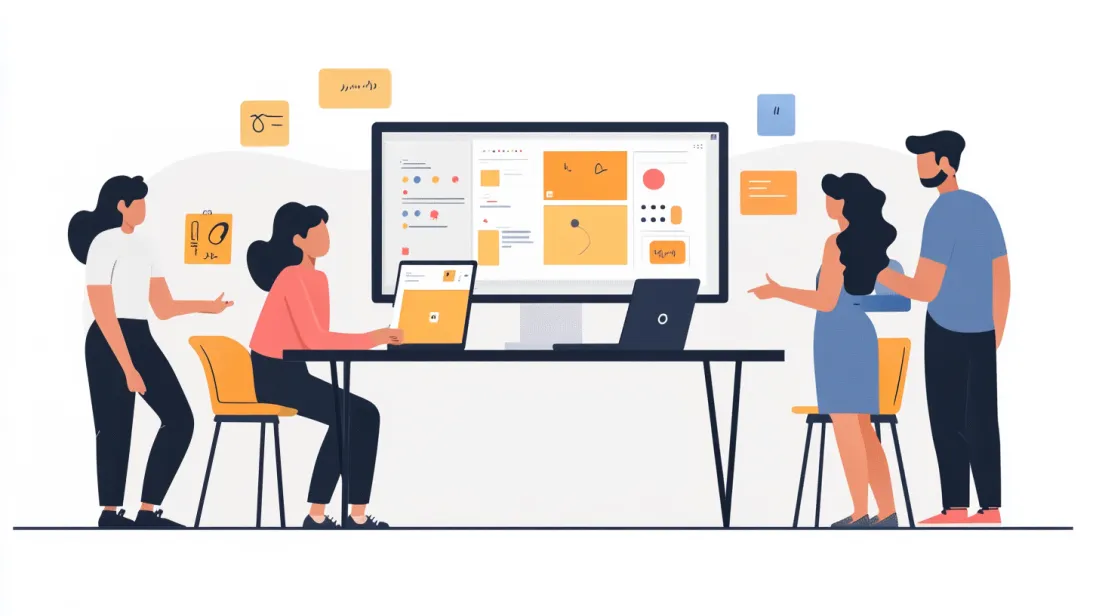
Secret 3 — Prioritize Communication and Collaboration
The Role of Communication in Design Success
Design projects thrive on clear, open, and frequent communication. Many clients underestimate the importance of staying actively involved, assuming the agency can deliver their vision without feedback. However, collaboration ensures that your ideas, preferences, and brand identity are incorporated seamlessly into the final product.
Tips for Effective Communication
- Start Strong with a Kick-off Meeting: This is where the agency learns about your brand, competitors, and expectations. Share reference materials, competitor insights, or inspiration boards.
- Use Collaboration Tools: Platforms like Figma, InVision, or even Google Docs allow real-time updates and feedback on designs.
- Regular Check-ins: Set up weekly or bi-weekly progress reviews to assess deliverables and avoid misunderstandings.
Setting Expectations
Discuss upfront how often you’d like to communicate and through what channels (e.g., email, video calls, or project management software like Trello). Agencies like Almax Agency prioritize transparent processes that keep clients in the loop.
Read our article to learn how a strong feedback loop and brainstorming can enhance your project’s results.

Secret 4 — Balance Creativity with Practicality
Striking the Right Balance
While creativity is essential for memorable designs, practicality ensures that your designs are functional and aligned with your business objectives. A visually stunning logo or website won’t be effective if it doesn’t resonate with your target audience or fails to meet technical standards.
How to Balance the Two
- Focus on User-Centric Design: Consider your audience’s needs above all. For example, an e-commerce website should prioritize fast loading times, easy navigation, and secure payment options.
- Embrace Scalability: Design assets like logos should work equally well on a business card, a billboard, or a mobile app.
- Avoid Overcomplication: Minimalistic, clear designs often outperform overly intricate concepts. As Steve Jobs famously said, “Simplicity is the ultimate sophistication.”
Tools and Frameworks
Agencies often rely on tools like Adobe XD, Sketch, or Google’s Material Design Guidelines to combine aesthetics with functionality.
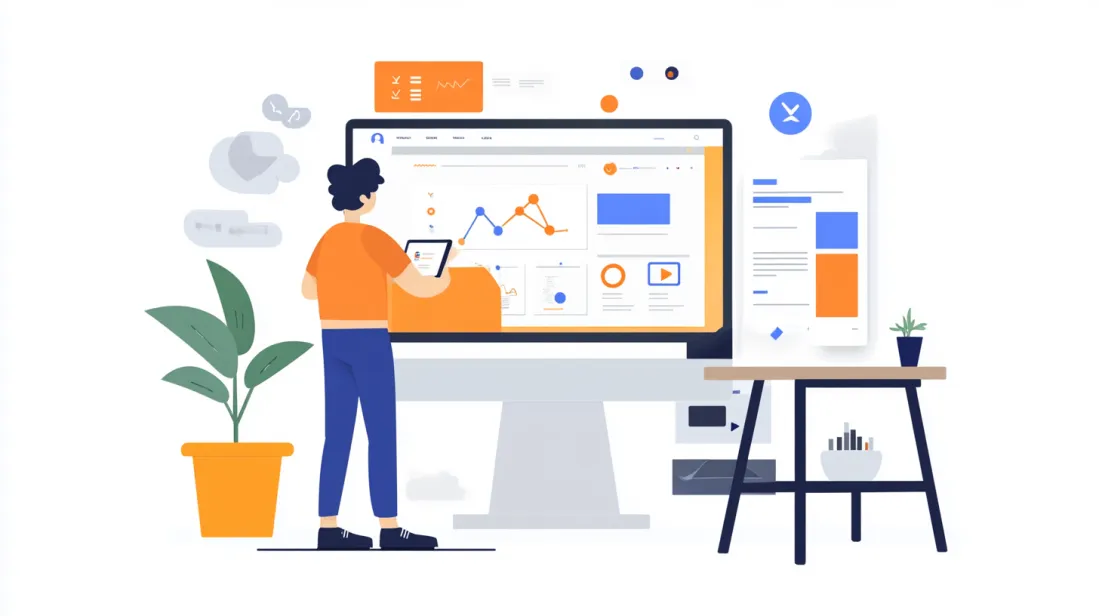
Secret 5 — Measure Success and Optimize
Launch is Just the Beginning
The work doesn’t end when your design project goes live. Ongoing monitoring and optimization are crucial to ensuring your designs perform as expected and remain relevant. Whether it’s a website, mobile app, or branding package, you’ll need to analyze its impact regularly.
Key Metrics to Track
- Website Metrics: Use tools like Google Analytics to monitor traffic, conversion rates, and bounce rates.
- User Engagement: Gather direct feedback from your customers to understand how they perceive your new design.
- SEO Performance: Tools like Ahrefs or SEMrush can help you track keyword rankings and backlinks.
Iteration and Improvement
Use insights from your analysis to refine and optimize your designs. For instance:
- If a website’s call-to-action buttons aren’t converting, test new placements, colors, or wording.
- If your logo isn’t resonating, consider tweaking elements like color palettes or typography.
Explore our post on Top Strategies for Optimizing Your Error Searching UI for actionable tips on combining user experience with search optimization.
Conclusion
Maximizing the value of your design project requires a proactive approach, careful planning, and strong collaboration with your agency. By defining clear goals, selecting the right partner, communicating effectively, balancing creativity with practicality, and continuously optimizing your designs, you can ensure outstanding results that drive business success.
At Almax Agency, we specialize in creating designs that deliver measurable impact. Ready to start your project?

